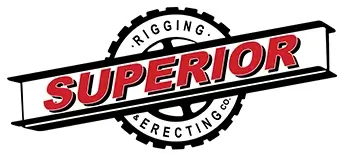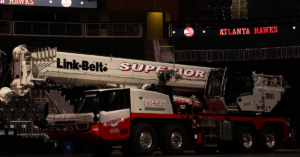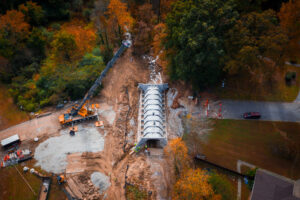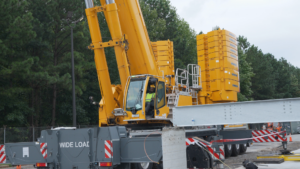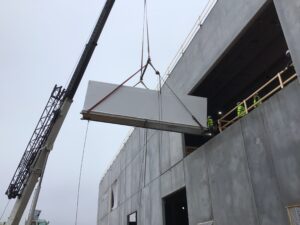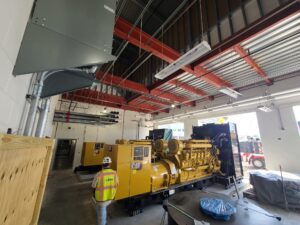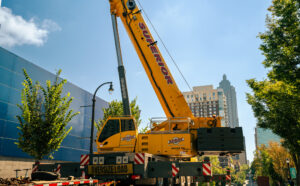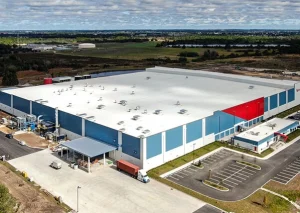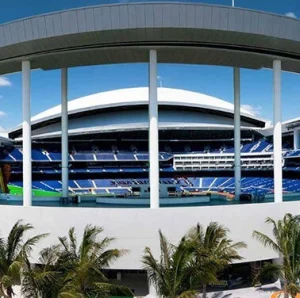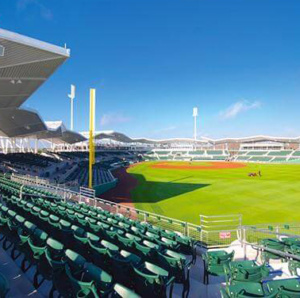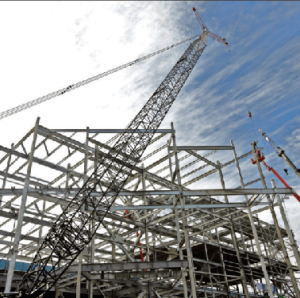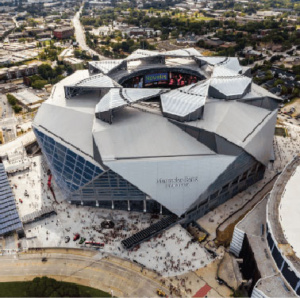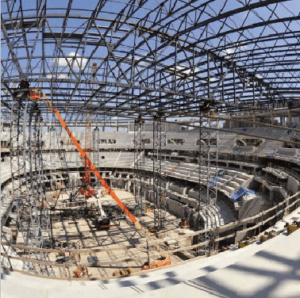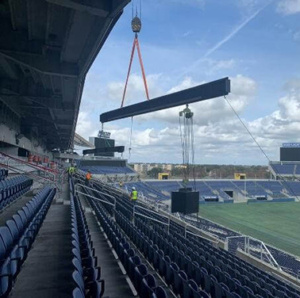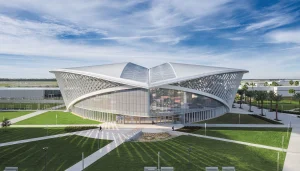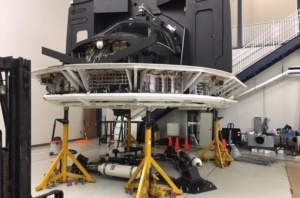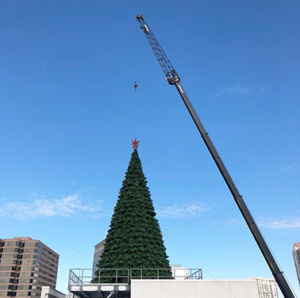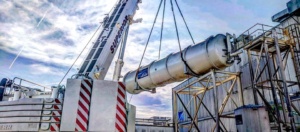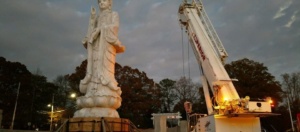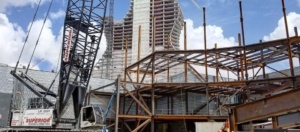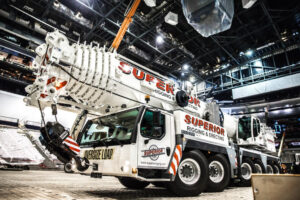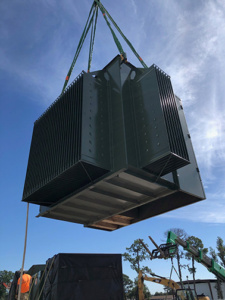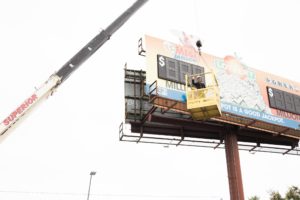When you’re working in construction, there’s a wide range of heavy equipment that you’ll find on the average construction site. From the average contractor’s construction truck to more specialized heavy construction equipment, these big machines handle the bulk of the work on a construction project from moving heavy materials across the job site or many stories in the air to undertaking actual construction work, such as a motor grader or backhoe loader. Typically operated on diesel engines, these powerful machines are a must-have for most modern construction sites.
Because construction companies and, in fact, the construction industry at large, depend so heavily on these types of heavy machinery, it’s important to understand what they are and the heavy work that they do. From smoothing rough terrain during road maintenance, handling mining operations, or doing road construction activities, these powerful construction vehicles do a great job of making the construction process go much more smoothly. Let’s take a quick look at some different types of construction vehicles, including what they are, what they do, and the different types you may see on a construction site.
Types of Construction Vehicles from SRE
1. Cranes
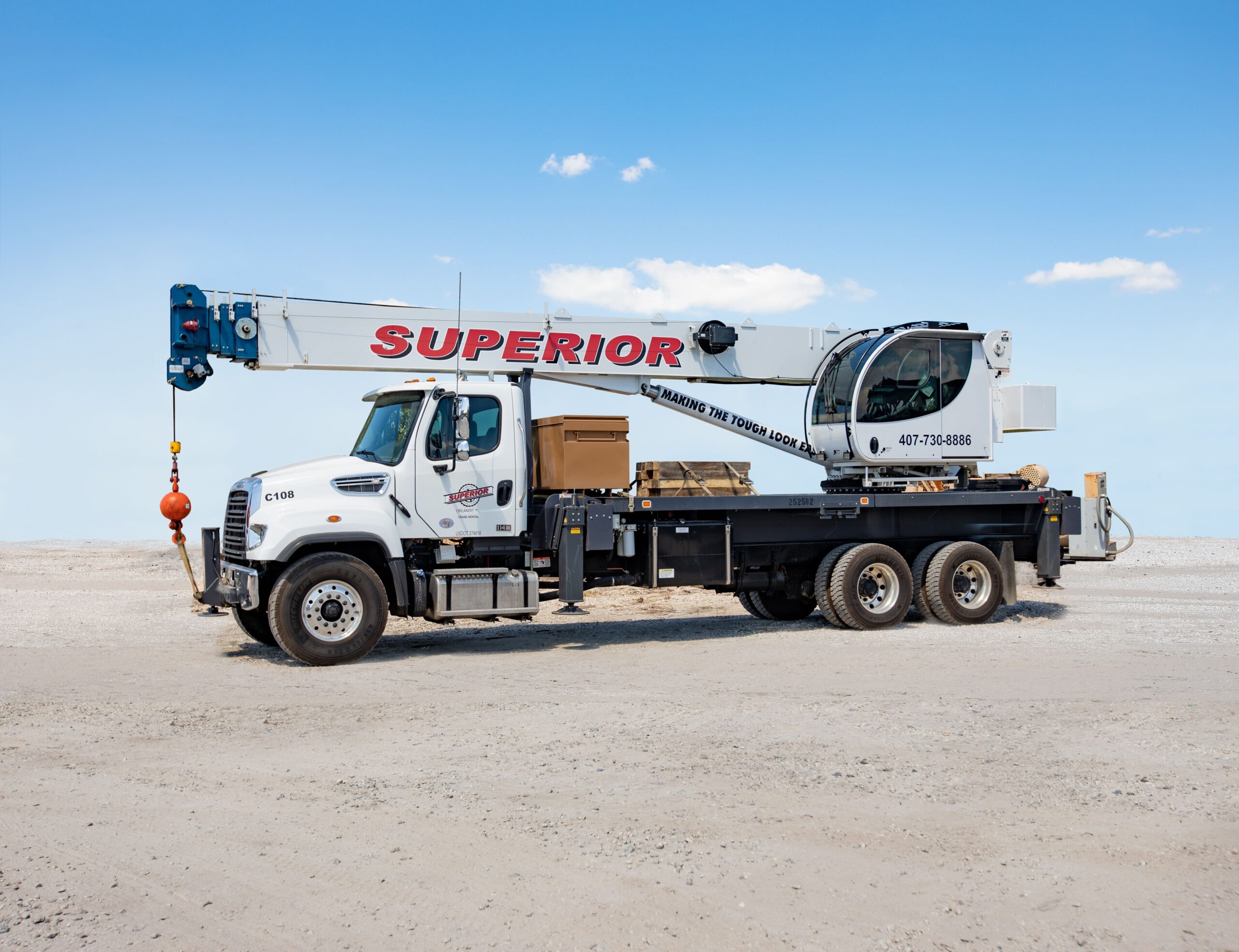
Superior Rigging and Erecting Co. has a range of different types of cranes available to help you get the job done.
Carry Deck Cranes
These types of cranes are very good at negotiating tight areas and overhead lines, due to their compact size. They are built for lifting material that needs a compact, low-profile crane. Our carry deck offerings include load capacities of 8-tons, 15-tons, and two 18-ton cranes.
Hydraulic Truck Cranes
These highly versatile cranes utilize an internal hydraulic system to lift and relocate heavy loads. They are highly mobile, easy to set up and maintain, and weigh less than some larger, less powerful cranes. SRE offers a wide array of load capacities in our hydraulic truck crane line, ranging from 50-tons to 110-tons.
Lattice Boom Crawler Cranes
As the largest of all mobile cranes, lattice boom crawlers have some of our largest load capacities. These vehicles can extend to different heights and are stabilized with outriggers. Due to their massive size, they are typically assembled on the job site and remain there for the duration of the project.
Rough Terrain Cranes
Rough terrain cranes work well in a variety of more difficult terrain types, with large tires and a wider base that deal better with rough landscapes. While these cranes have more power than some of their similarly sized alternatives, they sometimes require outriggers and extra stability when moving a load from one side of the job site to another.
All-Terrain Cranes
As the name suggests, these cranes a built to handle all types of terrain one might encounter on the job site. All-terrain cranes are ideal for projects with unpredictable weather conditions that change often. Our all-terrain options feature load capacities ranging from 110 tons to 350 tons.
Boom Trucks
A boom truck is a commercial truck with a hydraulic crane attached to the chassis. A boom truck is useful for lifting and moving items from floor to roof, transporting items or equipment, and lifting up workers for inspections or reaching something high in the air. Our boom trucks range from a load capacity of 23 tons to 45 tons.
2. Forklift
As one of the top items that SRE offers, forklifts are capable of handling a range of tasks, including moving a bulky or heavy load across a job site. This can include metal bars, compact bales used to prevent soil erosion, pallets of construction materials, and other items commonly found on a construction site. It’s also commonly used to load and unload trucks, move material to higher floors, and quickly move construction materials across the site for another crew to use. Forklifts typically have some number of tines for lifting pallets, but some will also have the capability of swapping for other equipment attachments, such as excavators, miniature backhoes, loading buckets, grading blades, and similar tools, though these will be smaller than you’d often find in full-size construction equipment.
Versa-Lift
We also have a versa-lift available to help with our projects. These vehicles are essentially heavy-duty forklifts. Unlike conventional forklifts, versa-lifts have extending frames, which allows them to lift heavier loads. They also are equipped with a hydraulic boom. These construction vehicles are designed to move equipment and machinery safely and smoothly on solid surfaces.
3. Heavy Haul Trucks
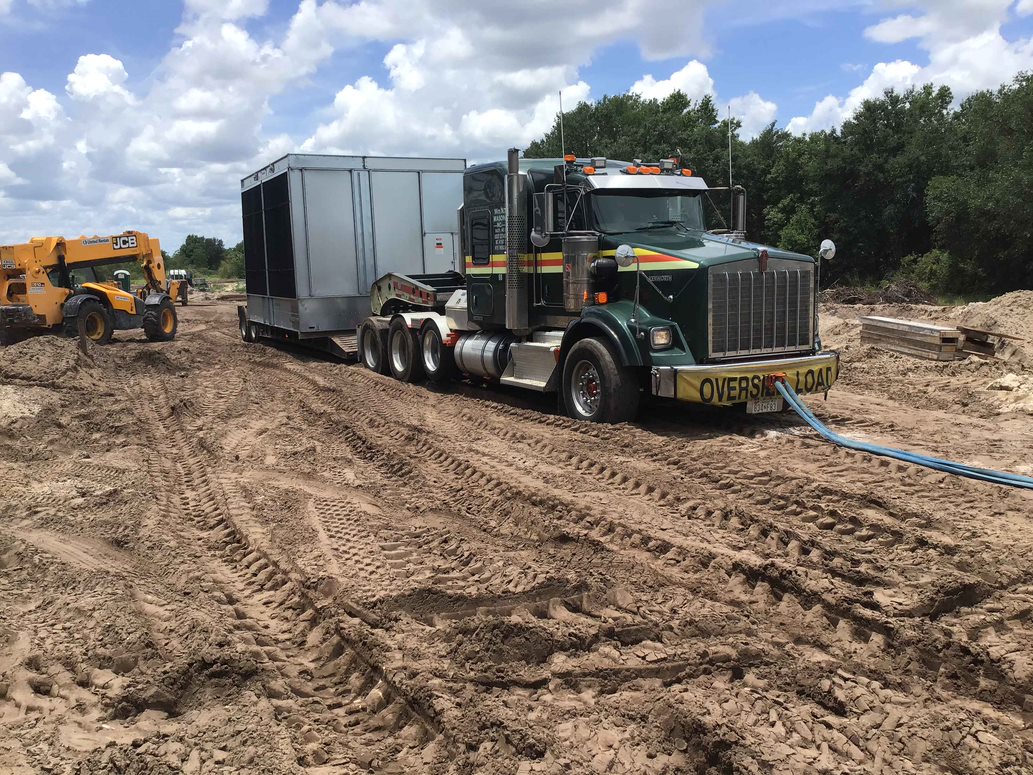
We have a fleet of heavy transporters at our disposal to assist with all your heavy haul needs. We manage every part of the haul including insuring, permitting, licensing, loading, unloading, and escorting. We start with trained, courteous drivers and then provide them with the resources and equipment necessary to get the job done right every time. With over 60 years of experience in heavy hauling, you can trust us with even the most unconventional loads.
4. Boom Lifts
A boom lift is an aerial lift designed to raise workers in an effort to reach difficult places and heights. These lifts are great for scaffolding, painting, maintenance, utility work, and much more.
Other Common Types of Construction Vehicles
1. Bulldozer
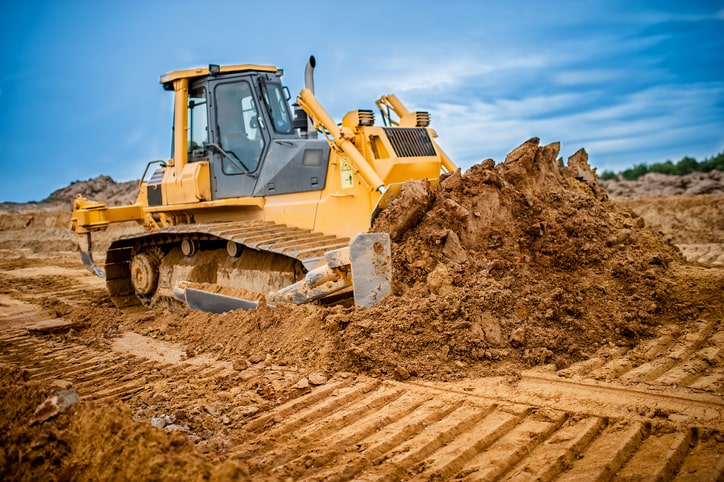
Used to level a lot and move dirt in grading operations, bulldozers use a metal blade on the front of the vehicle to push soil at the surface, but is not capable of deep digging. Often found with a dump truck bed on the back, this type of heavy equipment does a great job of changing the slope of the land to reduce the chance of erosion carrying dirt off and making the soil surface unstable. It’s often one of the first and last pieces of equipment used on the job site, both to prepare for construction activities as well as final landscaping processes.
2. Front-End Loader
Also referred to as a bucket loader, scoop loader, and front loader, a front-end loader is a hard worker in the warehouse, in mining operations, and at the job site. The front loader has a bucket loader at the front of the construction vehicle, which can be used to move materials, scoop soil relatively close to the surface, and similar activities. It also tends to be a smaller machine than a tractor loader or loader backhoe, making it easier to get into tight spaces. It may be combined with a backhoe in a backhoe loader, which combines two construction machines into a single vehicle, reducing the overall expense of purchasing and transporting equipment.
3. Dump Truck
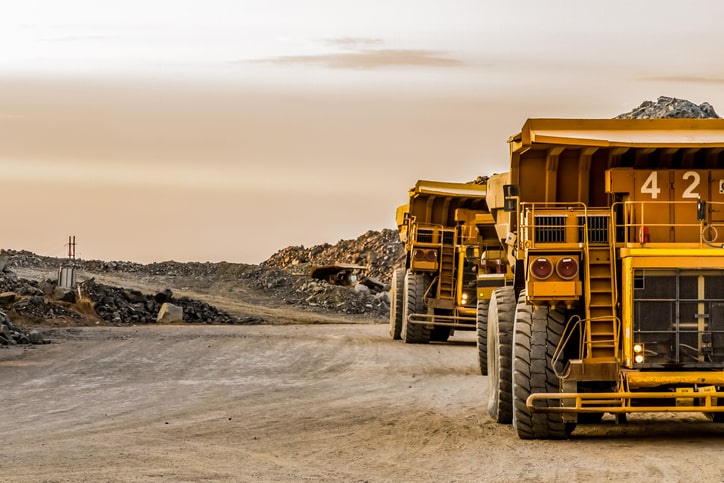
A dump truck is used to move large quantities of construction materials from point to point, typically in ranges of cubic yards of soil, grading material, drainage rock, trash, and similar materials. These powerhouses may have a bulldozer or plow blade on the front, allowing it to do both jobs in many circumstances, and could have the option of adding a second dump box as an articulated truck towed behind the powered dump truck unit. Dump trucks can come in different formations, including side dump and drop dump options that change where the material in the dump bed is discharged.
4. Trenchers
Running plumbing, communications, gas, water and sewer lines require digging trenches, a task which is often undertaken using one of a wide range of trenching machines. These include wheel trenchers or a chain trencher, which often resemble something like a giant chainsaw or vehicle-mounted circular saw. A chain trencher is pushed manually in many cases, with the chain digger lowered to cut a smaller trench, while a vehicle-mounted wheel trencher is more appropriate for larger sewer pipes or having to dig much deeper or longer trenches than a chain trencher will allow for. Some wheel trenchers have attachments or features that will lay material in place as it’s digging, reducing the overall work that needs to take place.
5. Graders
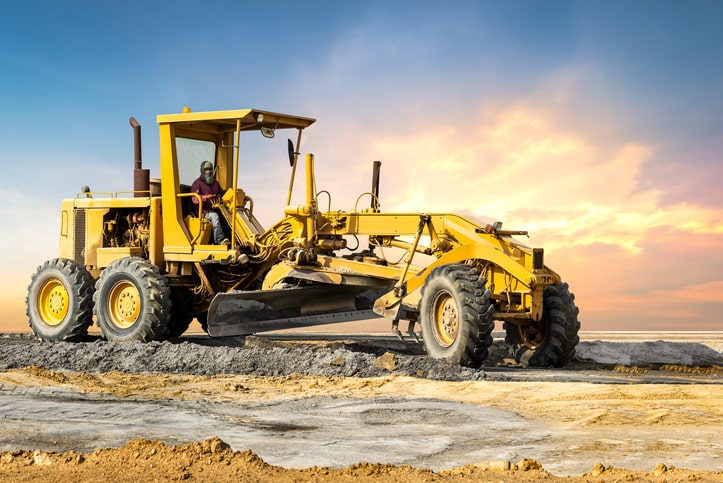
Graders are used to create a specific slope across a particular area, improving the lay of the land to prevent erosion, make construction easier, and provide an optimal area for landscaping once construction is complete. Also referred to as a motor grader or road grader, these machines have a long blade that creates a flat surface, a grader has the steering wheels in the front, followed by the grading blade, then the cab and engine atop two tandem sets of wheels. Some graders may have a rear attachment such as a scarifier or compactor, allowing the amount of work that needs to be done reduced and the number of machines on the job site and transported also reduced. Generally speaking, a scraper or bulldozer will accomplish rough grading, with graders providing finish graving with a smoother finish.
6. Compactors
Compactors are used to smooth and compact the work surface, providing an even surface on which the work is done. As an example, soil compaction is often undertaken during road construction using smooth rollers, which have very smooth, heavy cylinders in place of wheels to compress the soil, base rock, fill, or similar materials. In concrete work, as an example, soil compaction at the bottom of a foundation trench ensures that the foundation will not have settling issues down the road, because the soil has already been stressed through the weight of the compactor.
7. Excavators
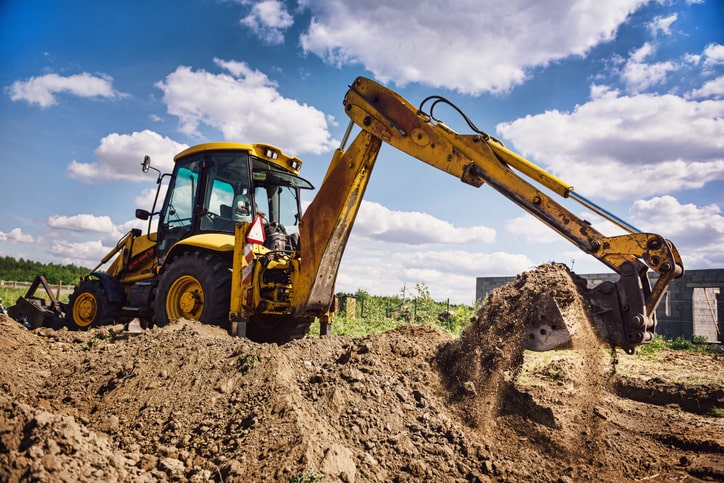
Excavators are used in grading operations, digging, moving and smoothing the surface of the soil to create a specific slope. Some excavators will feature a loader bucket on the front and a backhoe on the rear, with a cab located on a rotating platform, providing the operator the ability to use either tool as needed. However, this isn’t the only kind of excavator that you may see used on a job site. A dragline excavator is specifically used to remove dirt, ore, and other materials from an area whether due to grading or mining operations. These large machines may be based on a standard crane form, or for especially heavy work, may be built on site due to the difficulty in moving this type of equipment. This format allows larger amounts of matter to be moved, such as topsoil, rock, fill, and similar material.
8. Backhoes
A backhoe has a digging bucket attached to an articulated arm that allows the operator to extend and raise or withdraw and lower the bucket, allowing the operator to dig much deeper A backhoe loader has both a digging bucket on the backhoe on the back and a scoop loader on the front, with a rotating platform that has a seat on it in the middle, allowing the operator to swing the seat around to operate either of the tools without having to have additional equipment or move additional heavy machinery to and from the job site. In both cases, it’s also possible to rotate the backhoe arm left or right to a total of between 180-200 degrees of motion. This provides a superior range of motion that makes it simple to reach several areas before having to relocate the backhoe to continue digging.
Construction Vehicles and More from Superior Rigging
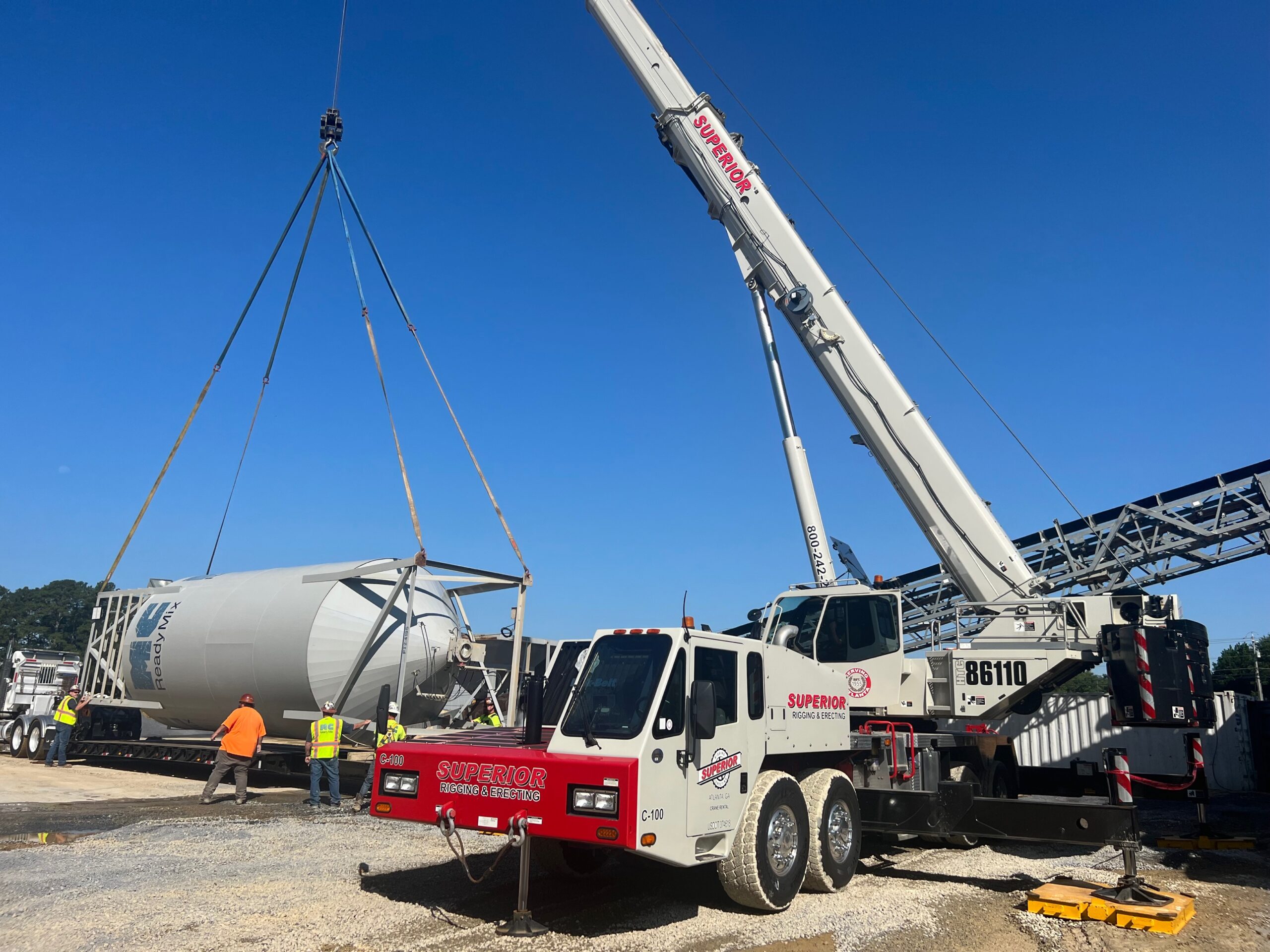
Though this list covers a wide range of construction equipment, it doesn’t include many other important pieces of heavy equipment, such as a concrete mixer, a feller buncher in logging, or a separate trailer for hauling machinery and construction materials. However, it has covered the main construction equipment types that you’ll see in the field, outside of specialty equipment. But do you know where you can get this machinery and how to go about having repairs and adaptations made to your machinery?
With a wide range of various offerings, Superior Rigging and Erecting has the heavy construction equipment that you need to get the job done. Forklifts, cranes, machinery transportation, and numerous other offerings makes Superior the right partner for your business, making it much easier to get the job done. If you’re ready to see what we have to offer, why not take a minute to check out our website or contact us today to get a quote on your project and equipment needs.
